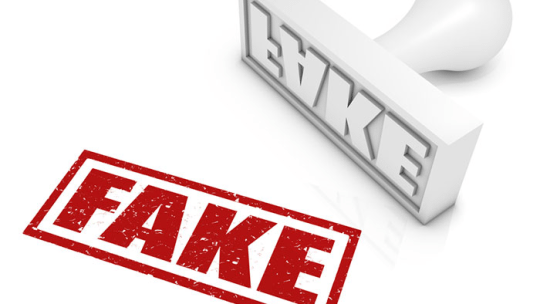
There is a slew of caveats in a new study about fake news and its influence on the 2016 U.S. presidential election from three academics at Ohio State University.
While it is incorrect to deduce that fake news changed the outcome of the election, the authors conclude it played an important role in the decisions of at least one crucial set of voters: those who supported Barack Obama in 2012. Had Hillary Clinton retained this group, the study argues, she would have won what was a close election. Clinton lost the election by 78,000 votes (0.6%) cast in key battleground states of Pennsylvania, Michigan and Wisconsin.
The possibility of fake news influencing voters and elections should give communicators and marketers pause: What could false claims about your brand or organization, or people in it, do to influence customer decisions? What influence could false accusations about your brand and its executives have on the behavior of your employees?

A Critical Group
Focusing on 585 people who voted for Obama in 2012 (of 1,600 who responded), 77% of them voted for Clinton; 10% switched from a Democrat to vote for President Trump; 8% did not vote; and 4% chose to support minor parties. The key question for researchers Richard Gunther, Paul Beck and Erik Nisbet: what accounted for these defections from the Democratic camp?
Of 281 questions people in their survey were asked, 3 were fake news statements (see chart). The statistical association between belief in these fake news stories and voting choice in 2016 by the former Obama supporters is “very strong,” they conclude (see lower chart).
Causality Is Difficult to Prove
The authors correctly note causality cannot be proven on the basis of a single-wave survey such as the one they conducted. Although they chose to see these numbers as evidence that fake news stories led former Obama voters to abandon Clinton in 2016, they note the possibility the direction of causality is the reverse: that someone who chose to vote for Trump might endorse these fake news statements (whether or not they’d heard them previously) to rationalize his/her voting choice.
Other Possibilities
They also explore hypotheses to explain other possible reasons for the abandonment of Clinton by Obama supporters. They then include all these variables in a complex equation where they can control for these alternatives.
For example, Clinton emphasized gender-related issues to appeal to female voters. Did this alienate men enough to abandon the candidate? Did Clinton’s ethnicity hurt her with black voters who’d previously supported Obama? In all they came up with seven variables for defection. In the end, when these other variables were placed in an equation the influence of independent influence of fake news declined significantly as an explanation for defection. Still, it explained about 4% of the defections in one equation. Using a different statistical measure, former Obama voters who believed one or more of the fake news stories were 3.3 times more likely to abandon the Democratic ticket in 2016 than those who refused to believe any of the false claims.
In the end they conclude that we “cannot prove belief in fake news “caused” these former Obama voters to defect from the Democratic candidate in 2016.”
Still, if such estimates are “even remotely accurate as measures of the impact of belief in fake news on defections from” Clinton, “it is highly likely” that fake news “was sufficient to influence the outcome of what was a very close election.”

